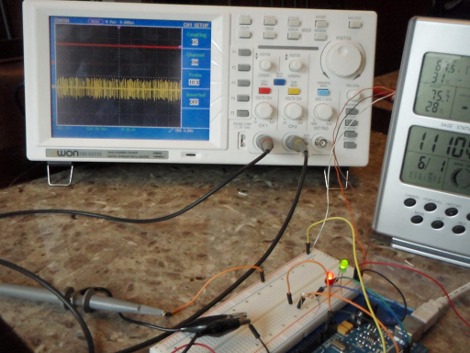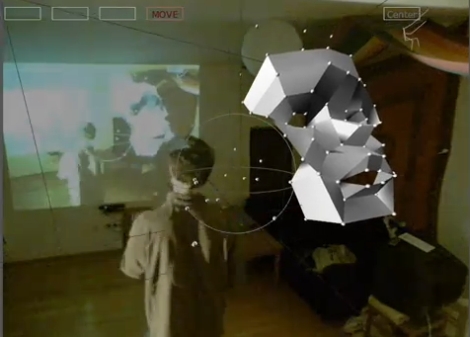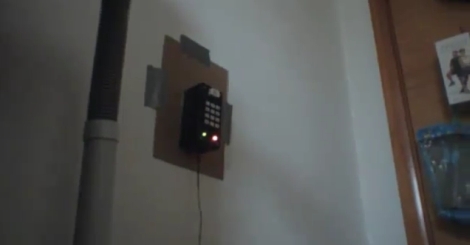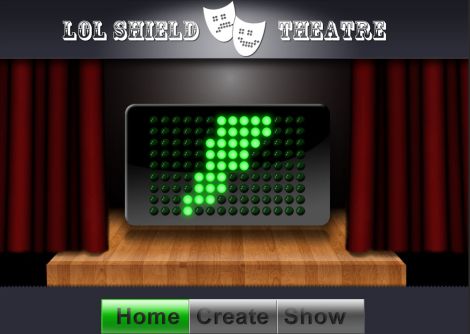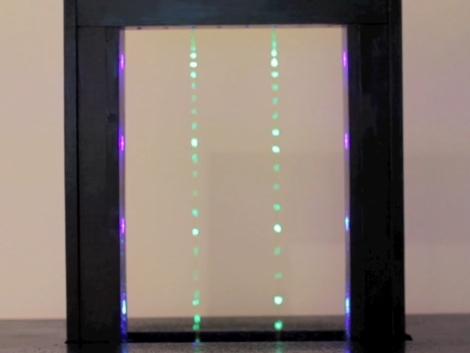
[Winfred] was thinking one day, of how the world would be a different place if everything we owned had little start up and shut down sounds like our computers. Historically computers would just beep after passing their power on self test, and many PC’s still do, but in the 1980’s as machines became more powerful and home users wanted more flexibility in their hardware, startup chimes started to creep into our lives. And why not extend that little moment of joy to other objects, like adding Windows XP startup and shutdown sounds to your motorcycle.
Electronically the bill of materials looks like hobby shop catalog, featuring a Freeduino (Arduino variant), Adafruit wave shield, marine speakers, and a cheap-o mp3 amplifier from ebay. While admittedly not the cheapest way to play an audio clip [Winfred] offers a few suggestions to help drop the 100$ price tag, including just skipping it all together and mimicking the sounds with your voice.
Its a fun idea, its sure to earn some odd looks from his neighbors, and it will probably make you chuckle a little too.

